Nanbu Sakiori
During the Edo period (1603–1867), the cold weather of southern Aomori made it hard to grow cotton. This climate made cotton cloth an extremely precious commodity and led the people in the Hachinohe area to develop a unique style of weaving called Nanbu sakiori. This style of weaving served to conserve cotton while allowing the local people to make new pieces of clothing. In the Nanbu sakiori process, weavers would repurpose old, worn clothes by tearing them to pieces and combining them to create new items.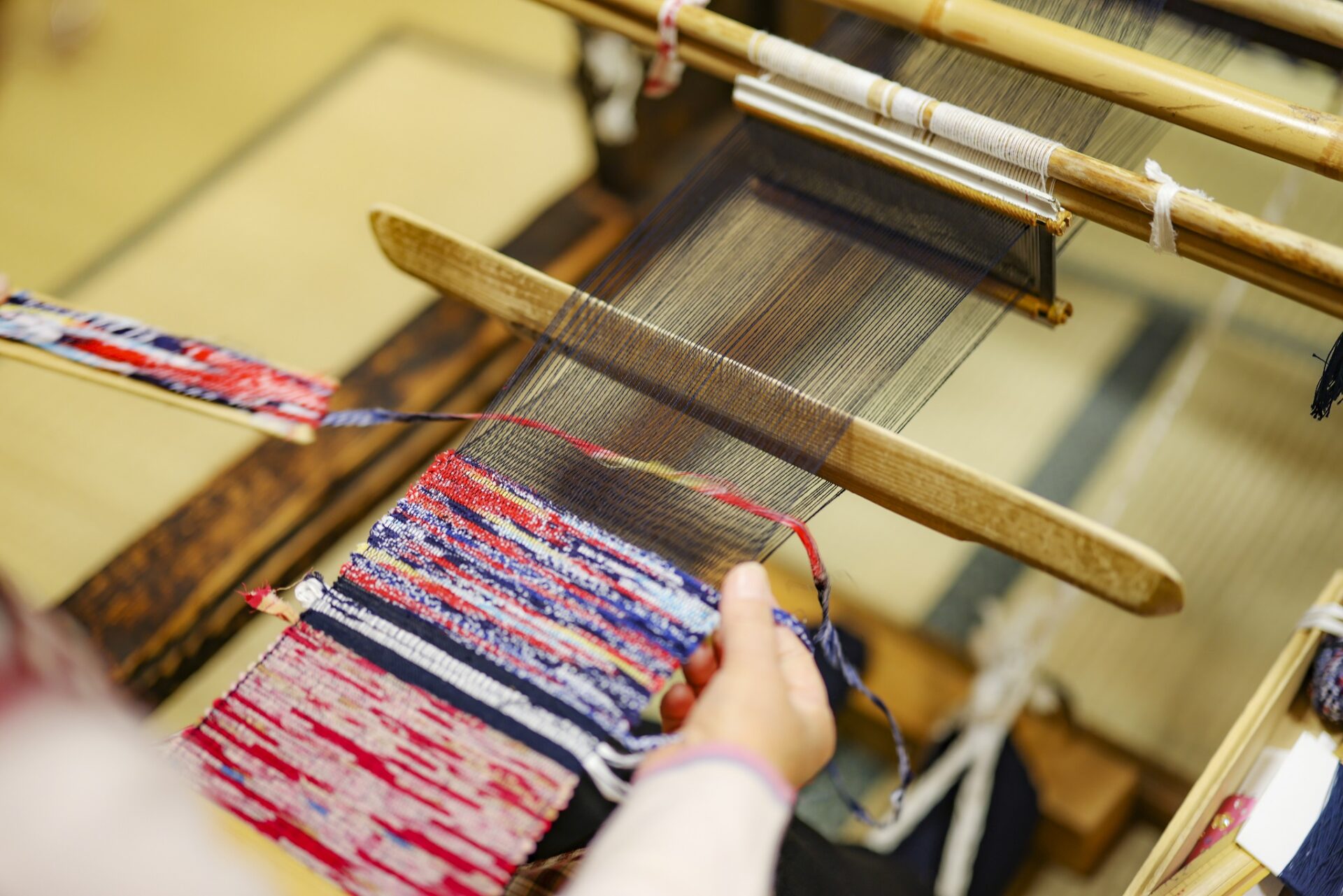
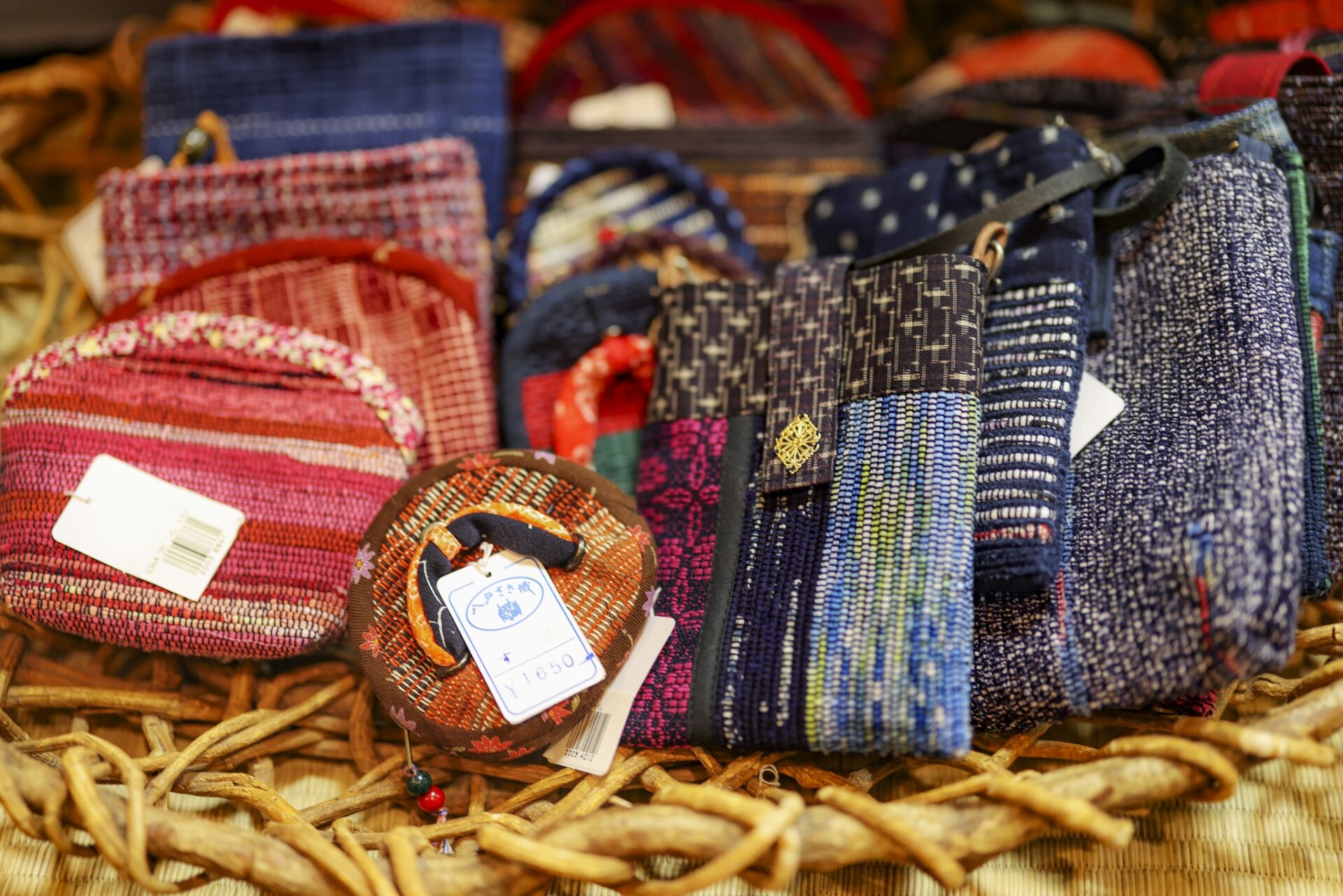
Nanbu Hishizashi
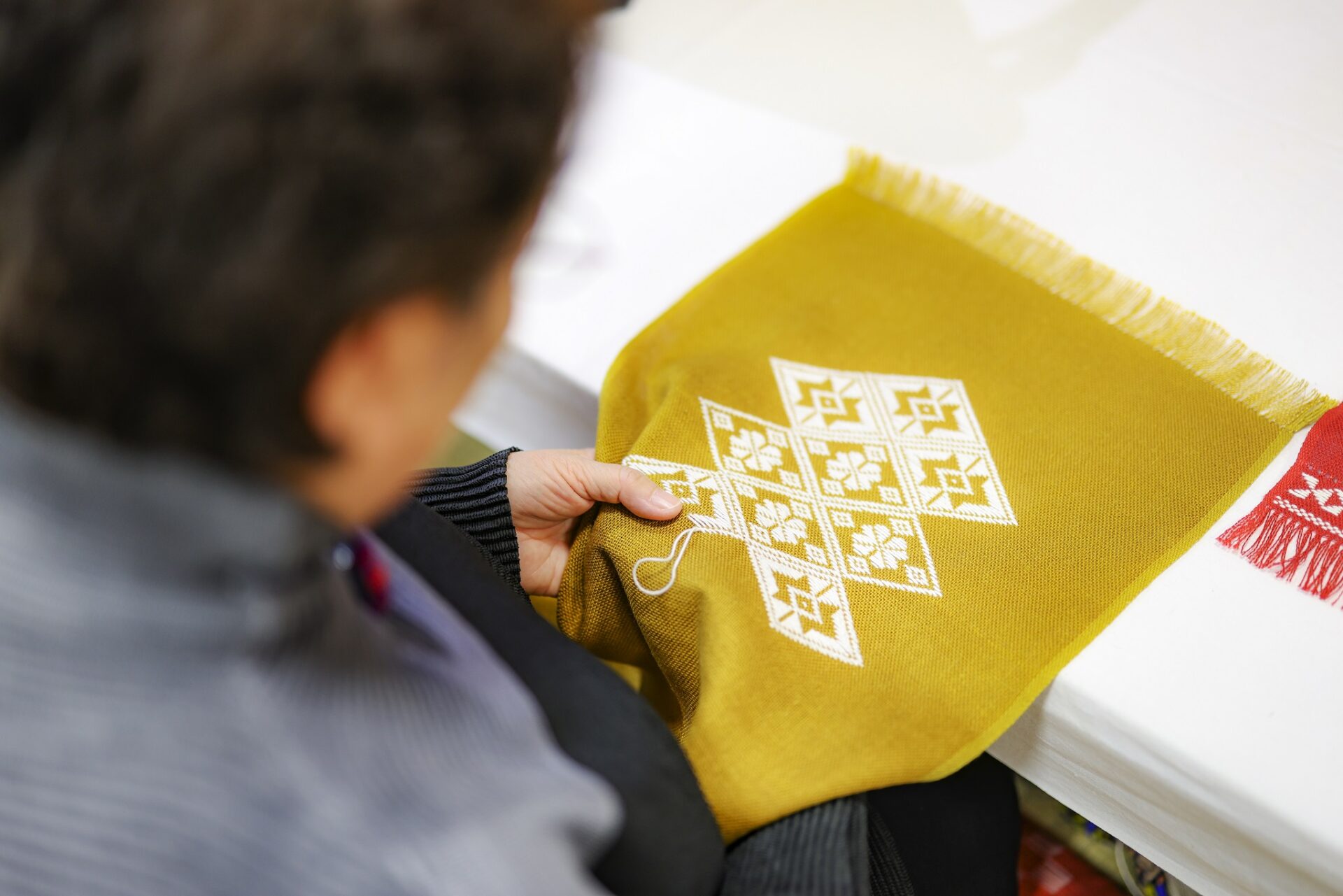
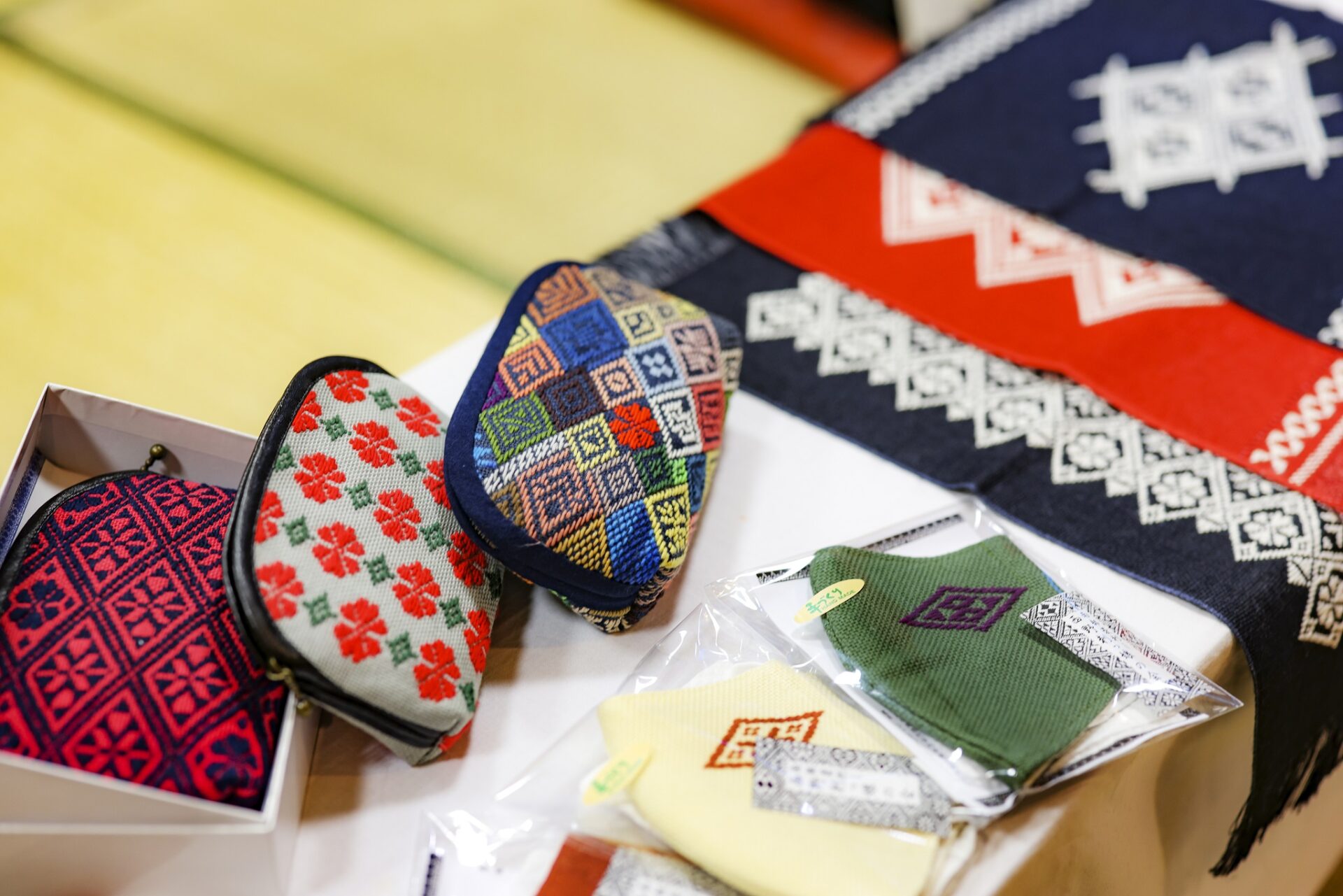
Masks
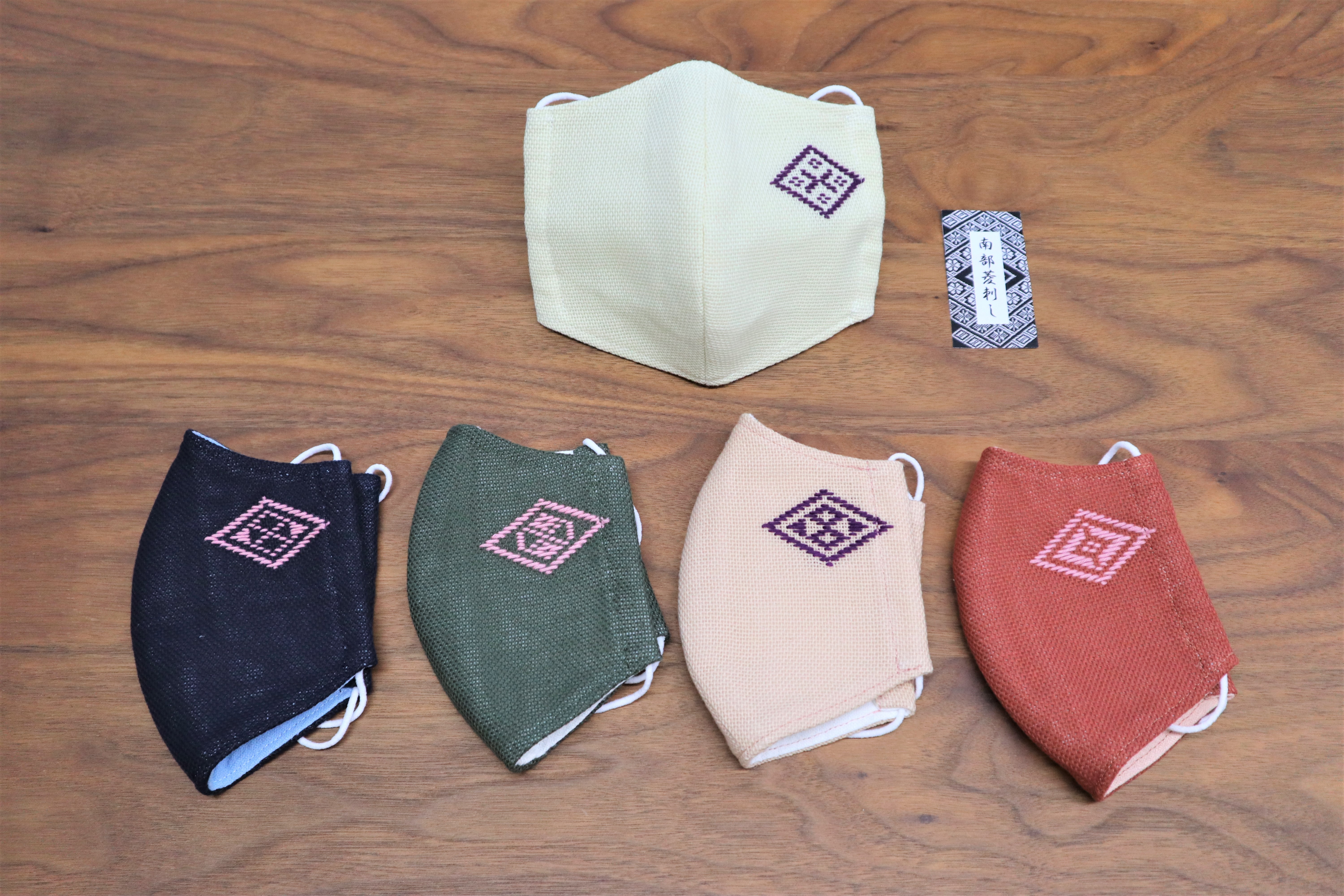
Lanyards
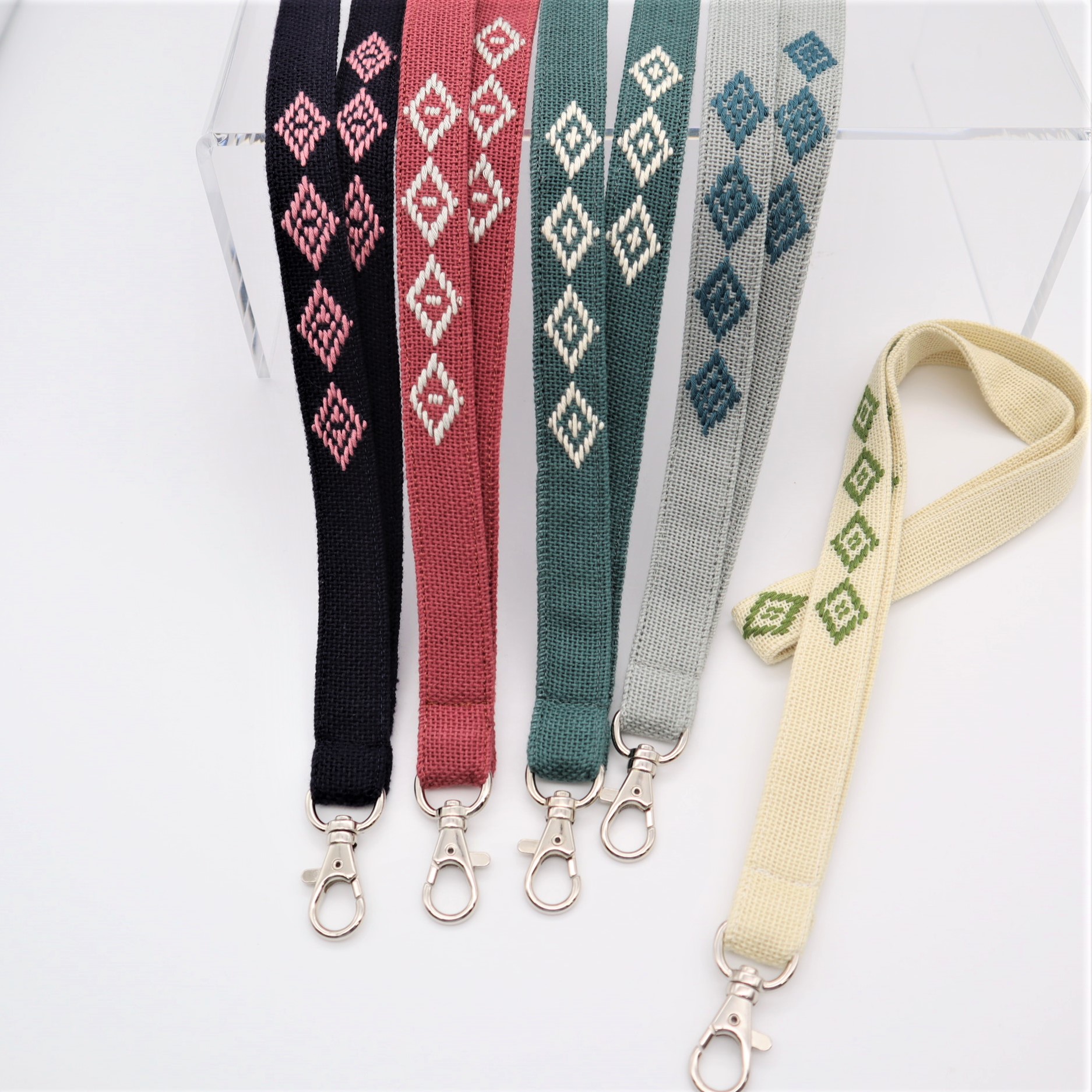
Decorate Your Own Hachinohe Yawata-Uma Horse
The traditional Hachinohe yawata-uma horse figurine is a craft that dates back more than 700 years. Also called ‘Hachinohe horses,’ the yawata-uma is one of Japan’s Sankoma, the country’s top-three traditional wooden horses. These horses are said to bring good luck and are often gifted to commemorate occasions such as weddings and opening ceremonies.
These horse figurines can be found all over the Hachinohe area, from road signs to temple grounds. Just as they were centuries ago, the horses remain one of Hachinohe’s most popular and iconic souvenirs and can be purchased at most souvenir shops, like those found in the Hachinohe Portal Museum hacchi and the Youtree building next to Hachinohe Station. Yawatama-uma traditionally come in pairs, one black and one red, but nowadays, there is quite a range of styles to choose from.
There are also workshops available where you can decorate your own yawata-uma! The Nejo Castle Site offers a unique experience where you can paint and decorate yawata-uma figurines, creating a pair of horses that is uniquely yours. The workshop costs 2,000 yen and lasts about 30 minutes, making it a great activity to do with kids, as a couple, or on your own. At the end of the workshop, you will leave with two unique souvenirs with which to remember your visit to the Hachinohe area.
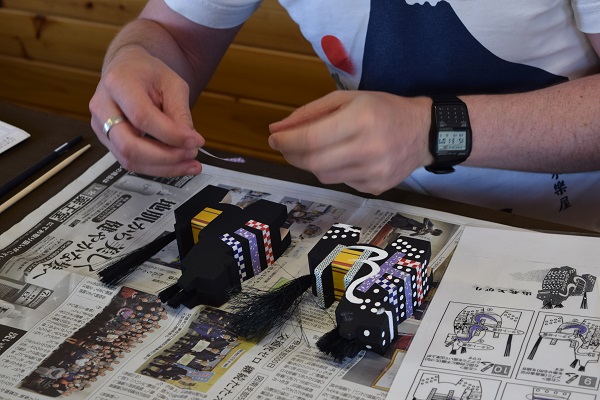
Related Links
Cherry Picking in Nanbu
